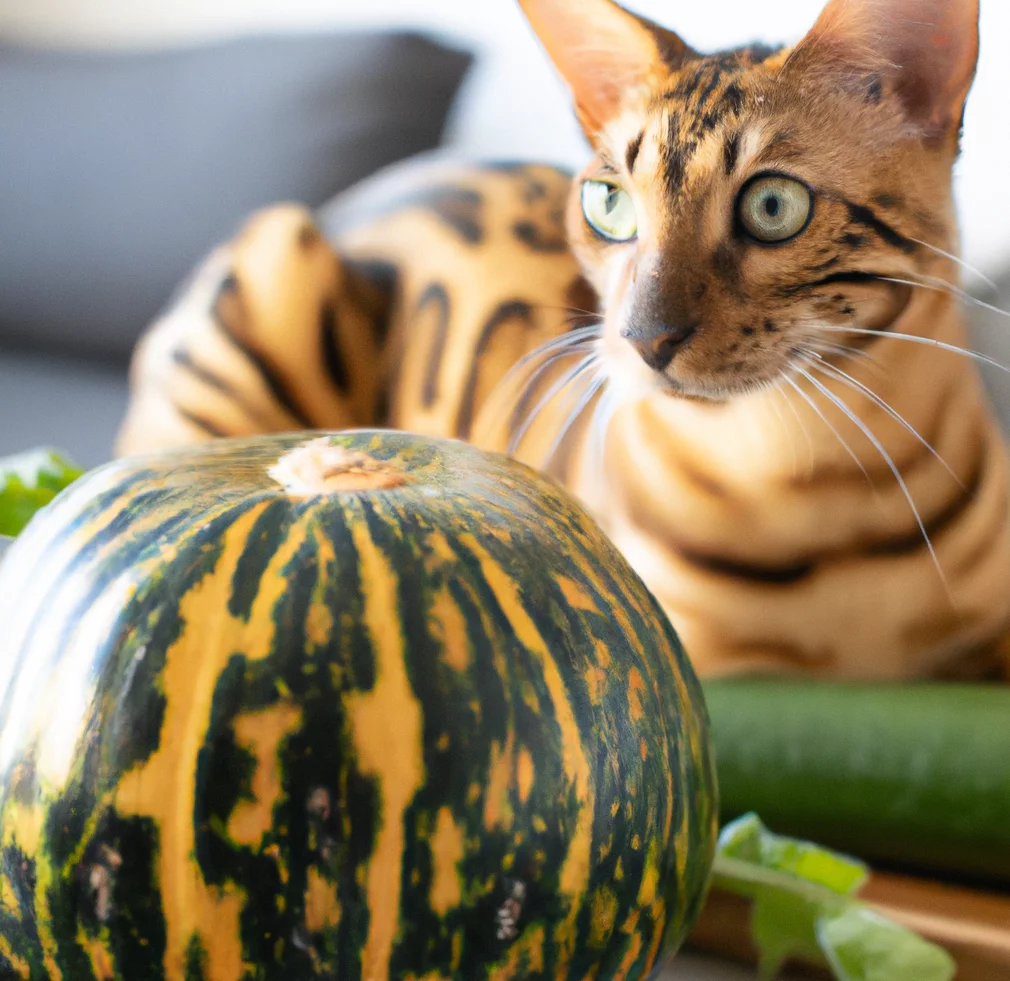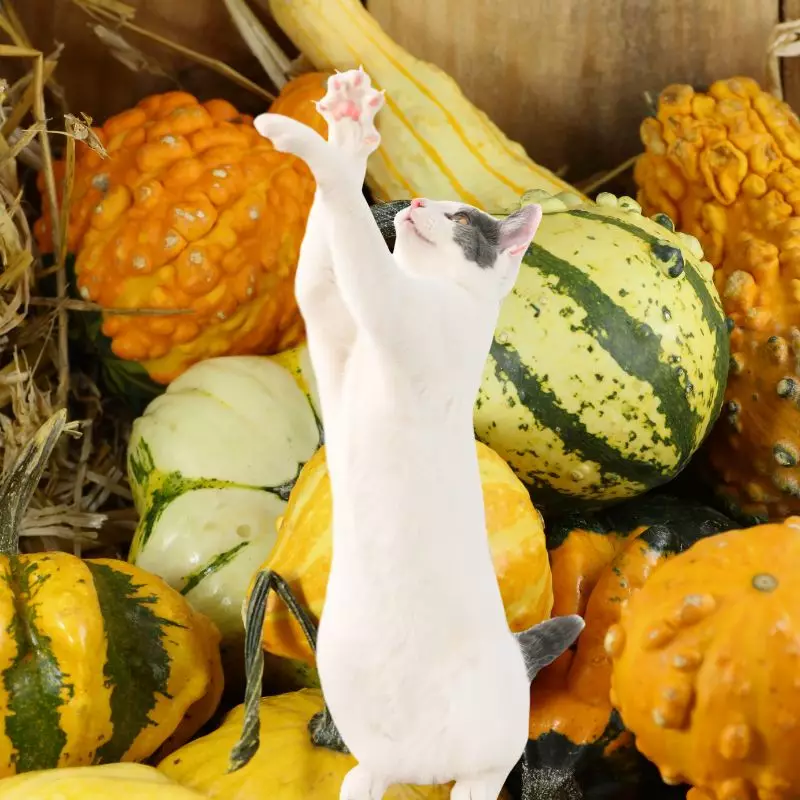No, the yellow-flowered gourd is not toxic to cats.
This article is a result of collaboration with a team of experienced DVMs (doctors of veterinary medicine). Through their expert contributions, we provide accurate and up-to-date information regarding the potential risks of various plants, specifically the Yellow-Flowered Gourd, and their effects on cats. Furthermore, to ensure the utmost accuracy, we have referenced high-authority websites such as ASPCA and PetMD for every plant discussed.
Although the ASPCA (American Society for the Prevention of Cruelty to Animals) has listed the yellow-flowered gourd as a non-toxic plant, it’s essential for cat owners to remain vigilant. While this plant is categorized as safe, it’s always best for cats to avoid consuming any plants.
Can Cats Eat Yellow-Flowered Gourd?

Your cat won’t suffer any harm if he consumes a small amount of a yellow-flowered gourd. This plant doesn’t contain any poisonous elements, so there are no adverse effects on cats after consuming it. Consuming too many plants, however, may result in indigestion.
It’s also important to keep in mind that not all yellow-flowered gourds are edible. Some varieties of gourds with yellow flowers are only grown as ornamental plants.
Additionally, you should remember that cats are obligate carnivores so eating plants are not really suitable for them. Unlike herbivores and omnivores, carnivorous species do not have the enzymes that can digest plant particles.
While there are some cat food products that include fruits and vegetables in their ingredients, these are only minimal. Cats should still eat a protein-based diet.
What is a Yellow-Flowered Gourd?

Botanically known as Cucurbita pepo ovifera, the Yellow-flowered gourd is an annual trailing vine that is grown for its lovely hard-shelled fruits. This Cucurbitaceae plant is also known for its other names such as ornamental gourd and field pumpkin.
Eastern North America and northern Mexico are its endemic regions. Some cultivars of ornamental gourds produce edible squash, even though they are typically used as fall decorations.
The large triangular-shaped leaves of the yellow-flowered gourd are frequently deeply lobed, and both the stems and leaves are covered in short bristles. The showy, big yellow flowers are vibrant. Some fruits are solid brown-white and good choices for painting, while others are naturally banded, striped, or mottled in different shades of yellow and green.
Several cultivars of the species are warty and prized for their peculiar shapes; common names for the varieties of the species include nest egg, pear-shaped, spoon, and ladle gourd.
Keeping Cats Away From Yellow-Flowered Gourd

Make a physical barrier out of plastic forks or wooden chopsticks to keep cats away from your garden plants. Cats will look for another location for a litter box if they don’t have enough space to roam, scratch, and dig. Plant spikes, forks, chopsticks, or similar objects with a length of about 10 inches (25 cm) should be inserted in the soil every 8 inches (20 cm) to deter cats.
Certain plants are unappealing to cats, and they will avoid them. Consider growing lavender, rue, coleus canina, also known as the scaredy-cat plant, and thyme close to your garden to drive cats away.
Plants to Avoid For Your Cats
If you are a cat owner and unsure if the plants growing in your yard are harmful to your cats, check out this list of toxic plants for cats. You can also check our list of non-toxic plants for cats.





